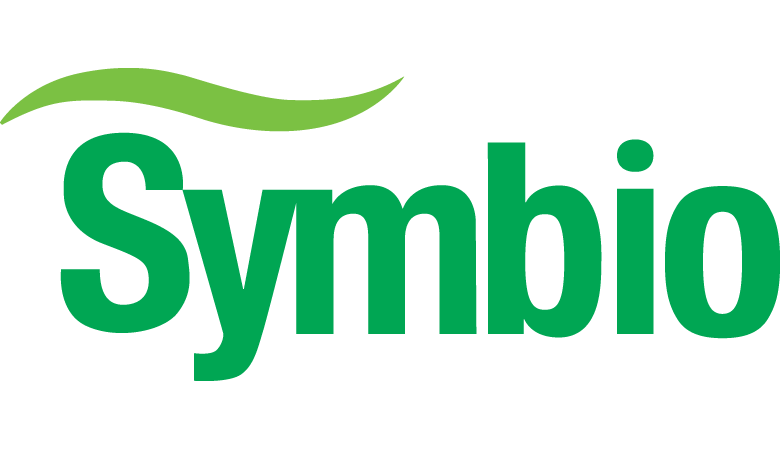Dr Deidre Charleston - Autumn Blog 2022
Finally, a bit of rain for my poor scorched lawn! What a summer we have had, blistering temperatures and long dry spells for many. 2022 is the warmest year so far on record (official records started in 1884), with temperatures exceeding 40oC for the first time. In addition it has been the driest year so far since 1976, and for Suffolk the driest since 1921, and my lawn is certainly proof of that! However, August and September have brought some respite and the rain has returned! I am constantly amazed how grass, and the desert that was my garden, has revived and I can finally see some green blades. Evidence that life underground continues, and with the return of good moisture levels, a hive of activity in the soil as microbes continue to recycle nutrients, and with roots able to take advantage of these nutrients and moisture, the plants regenerate and grow.
Time has whizzed by, and I see Halloween decorations in shop windows already. This usually means time for autumn renovations. Autumn is a good time for overseeding, temperatures are still warm enough for germination and there is some rain around to help with growth. This is also a good opportunity to introduce soil biology in the form of beneficial mycorrhizal fungi. These specialised fungi colonise roots and extend into the soil, forming a symbiotic relationship with fine grass species. Mycorrhizal hyphae are extensions of the root system and are extremely effective in nutrient and water absorption, an additional benefit during times of water stress and drought. Mycorrhizae are an essential part of healthy soil, not only increasing the surface area of roots for absorption, but also releasing organic compounds that solubilise locked-up nutrients such as phosphorus and iron and make them plant available. By introducing Symbio Mycorrhizal Seedcoat or Symbio Mycorrhizal Inoculant at times of seeding you provide this advantage to the newly germinated seedlings allowing for improved and rapid establishment of fine grass species.
Usually more aggressive renovation tasks can be carried out in autumn as the grass still has an opportunity to recover. Tasks such as hollow coring may be carried out, and in some cases will be necessary, especially where thatch has become very thick and dense. Inert, sterile, sandy soil does not contain the biology to decompose thatch, resulting in build-up. Sometimes physical thatch removal is necessary to allow oxygen to get into the root zone. Along with the recycling of nutrients, beneficial soil microbes, in particular fungi, are excellent at decomposing organic matter. However, to complete these tasks they require oxygen. Compaction, water logging and dense thatch all reduce the availability of oxygen and have a negative impact on soil biology and playing surfaces. Beneficial biology requires oxygen and water. Once good populations have established then the need for more aggressive practices will be reduced as the soil biology takes over the process of decomposing thatch. Regular, less aggressive aeration practices such as sarrel rolling and micro tining, provide oxygen to the root zone and have a beneficial impact on soil microbes.
Soil biology is still active while temperatures remain above 6oC. Application of Symbio Compost Tea during autumn can help to increase the populations of beneficial soil fungi and bacteria, to help maintain nutrient availability, reduce plant stress and decompose organic matter. Another option to maintain high population levels of beneficial biology is to introduce Symbio Biotabs. Biotabs are an easy to use soluble tablet containing four species of beneficial fungi and six species of soil bacteria. When temperatures drop further, Symbio Cooltabs offer a good solution, containing six species of beneficial bacteria that remain active at slightly lower soil temperatures.
As temperatures start to drop below 6oC soil biology is less active, and biostimulant products could help by providing a food source for any active soil biology and reducing autumn stress. Symbio Phytogro 0-0-18 stimulates hardy cool season growth and helps to repair the scarring caused by dry patch and disease. Symbio Root Repair contains a complex carbohydrate which promotes soil biology and plant growth, and repairs the damage caused by root feeding nematodes. The seaweed Ascophyllum nodosum acts as a natural biostimulant feeding soil biology and providing essential trace elements. Symbio Defender contains a concentrated extract of Ascophyllum nodosum with the addition of iron and copper to help promote stress-resistance and hardy growth. Another good addition to an autumn program is the use of Symbio Phosphite 4-25-16 which stimulates and supports plant defence mechanisms.
Autumn is a good time to take stock and consider what your greens REALLY need, instead of repeating the usual cycle of expensive and intensive tasks. While some of these may be necessary, you may be able to take advantage of the life in your soil. Having an active and diverse population of beneficial soil microbes can reduce many issues. Soil microbes recycle nitrogen, release locked up nutrients, improve soil friability and decompose organic matter. Good management practices to encourage a diverse population of soil microorganisms can reduce your autumn work load significantly.
Dr Deidre Charleston
deidre.charleston@originamenity.com
01428 685762
BACK TO ARTICLESGet in touch
Please get in touch if you would like more information about Symbio’s products and services, or if you would like to discuss working together on your next project.
